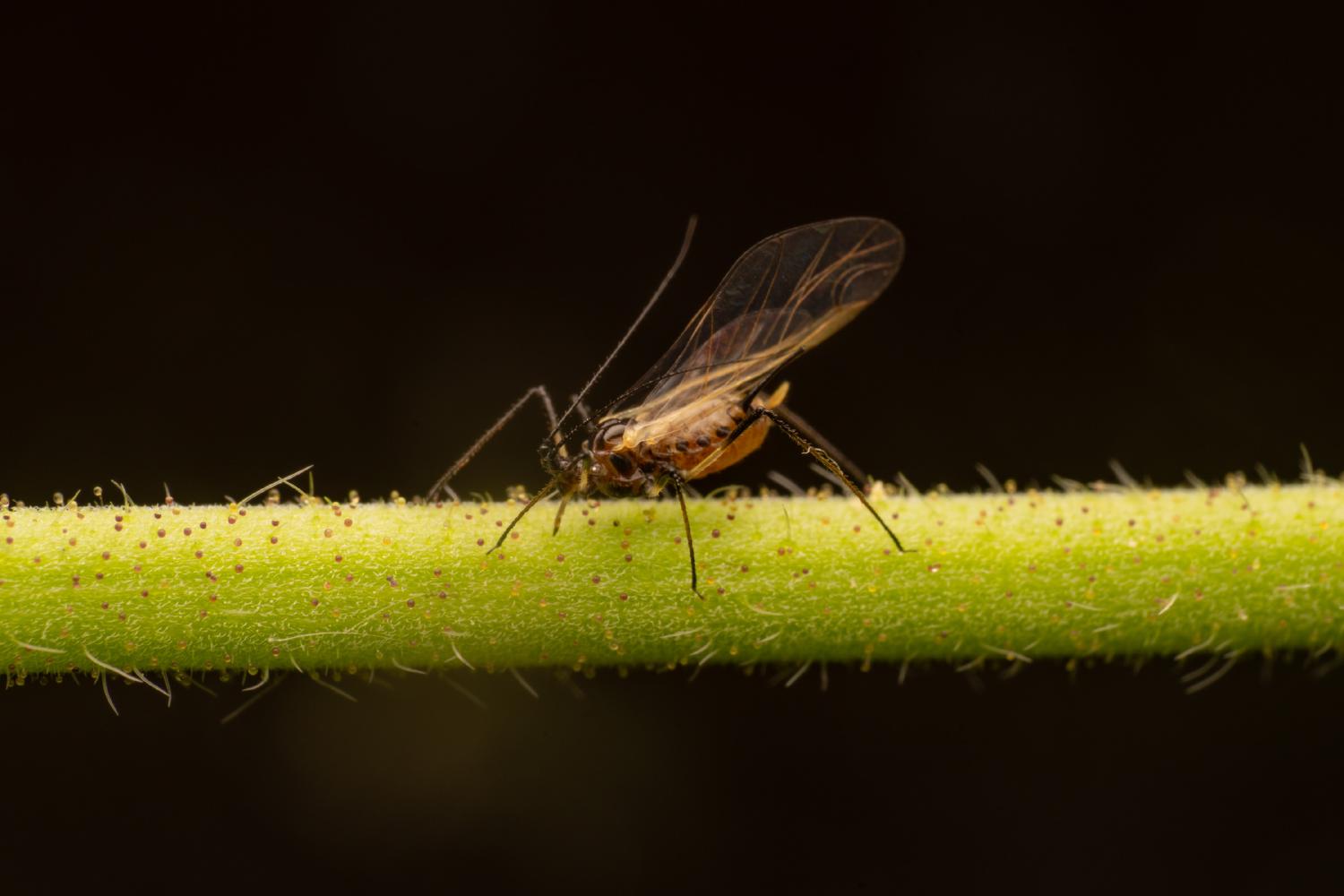Rose Aphid
Lat. “Macrosiphum rosae“
species
of superfamily
“Aphidoidea“
1 species
Rose aphids are small insects with a spindle-shaped body that can be green, pink, or reddish-brown. They have long antennae and legs, and black siphunculi on their abdomen. Wingless females reproduce quickly in spring, creating large colonies on rose bushes. Winged females migrate to other plants in search of food, while winged males return to roses in autumn. These aphids damage rose bushes by distorting flowers and leaves and producing sticky honeydew that attracts sooty molds.
Description
Wingless adults have a spindle-shaped body and are between 1.7 and 3.6 mm (0.07 and 0.14 in) long, slender, varying in colour from green to pink and reddish-brown. The antennae and legs are relatively long, and the cauda (tail-like protrusion) is pale. The siphunculi (pair of small backward-pointing tubes on the abdomen) are long, tapered and black, which distinguishes this aphid from Metopolophium dirhodum, the rose-grain aphid, which has pale siphunculi. Winged individuals are between 2.2 and 3.4 mm (0.09 and 0.13 in) in length, varying from green to pinkish-brown, and having distinctive black lateral markings.
Life cycle
This aphid mainly overwinters as eggs on roses, but in mild winters, some adults may survive until spring. The eggs hatch in spring into wingless females which reproduce parthenogenetically, and large colonies can quickly develop, being mainly found on the tips of shoots and around flower buds. The heaviest population densities are in June and July in the northern hemisphere, just when the bushes are flowering, and thereafter the populations decline. This is because at this time of year, some winged females develop, which migrate to other rose bushes or to certain secondary hosts such as holly, teasel, valerian, Knautia and scabious. With the onset of autumn, winged males are also produced, the insects return to roses and the eggs are laid.
Damage done
Rose aphids damage the aesthetic appearance of rosebushes by contorting the flowers and foliage, and by the sticky honeydew they produce, which often provides a surface on which sooty moulds develop.
External links
Data related to Rose aphid at Wikispecies
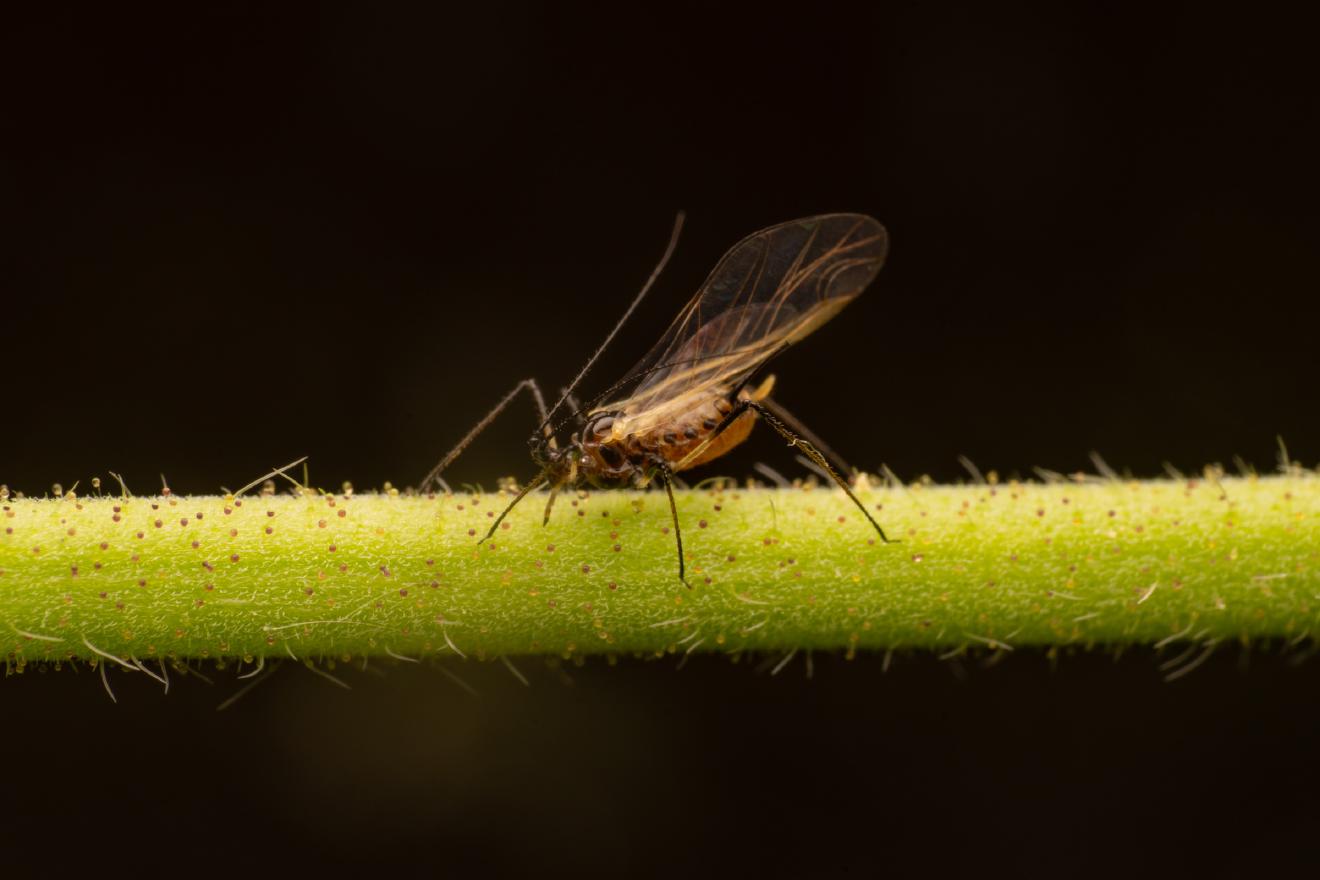
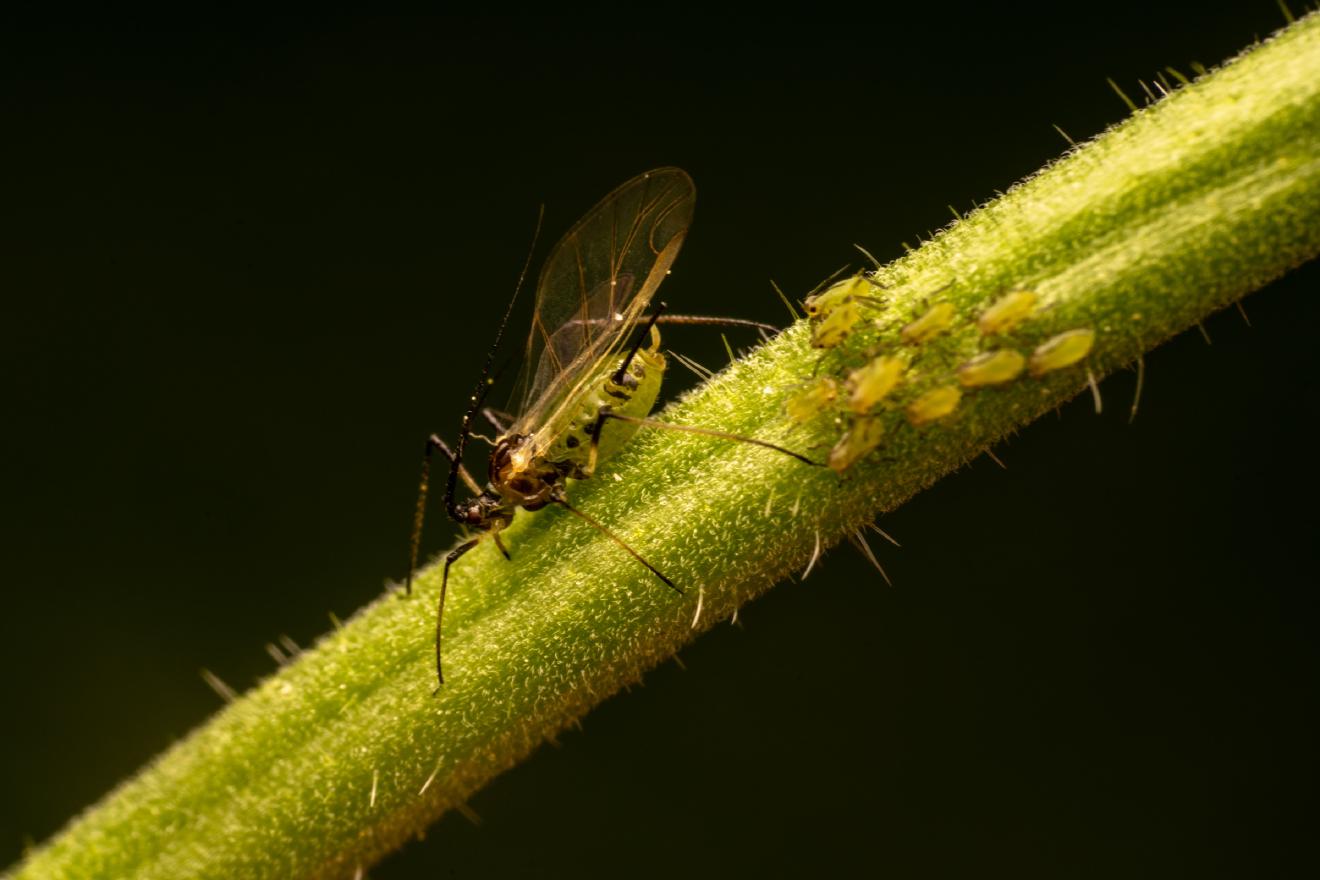
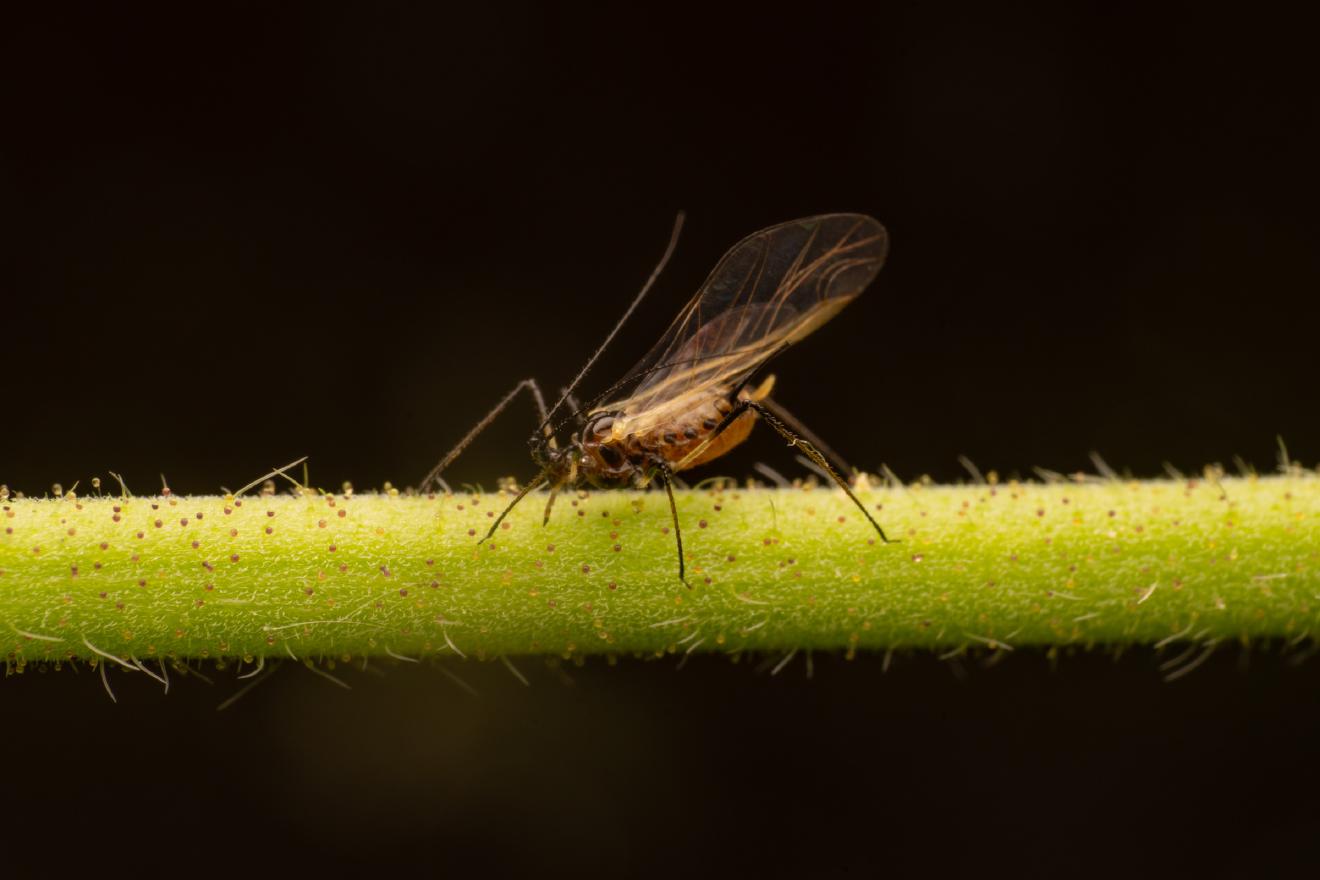
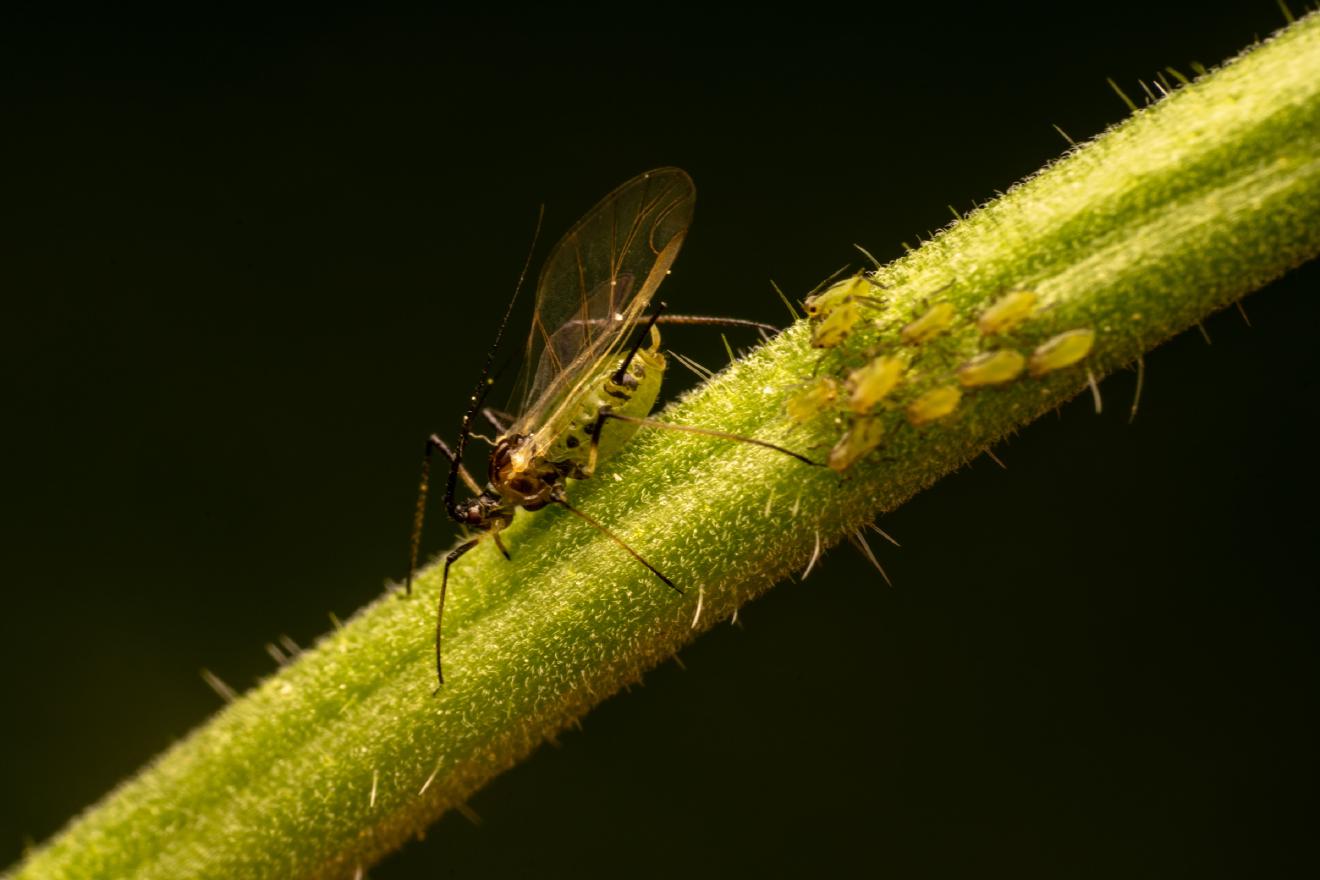
Ancestry Graph
Further Information
Copyright

This article uses material from the Wikipedia article Macrosiphum rosae the free encyclopedia Wikipedia which is released under Creative Commons Attribution-ShareAlike 4.0 International License). On Wikipedia a list of authors is available.
